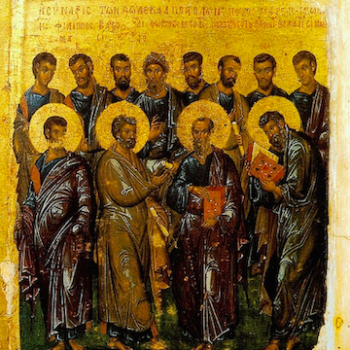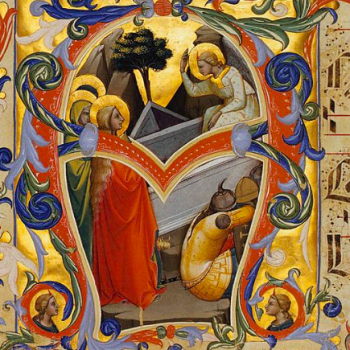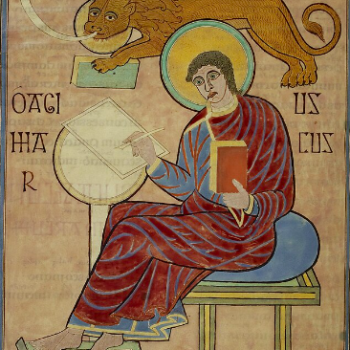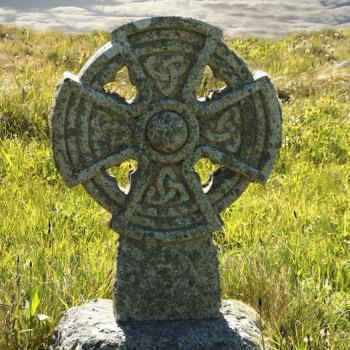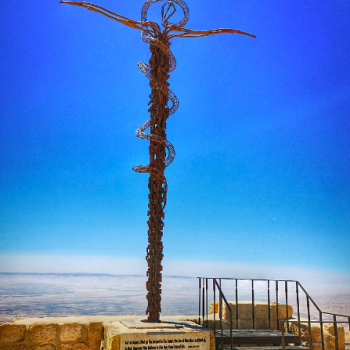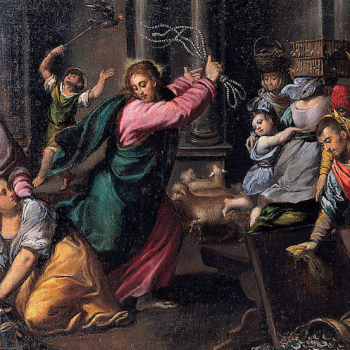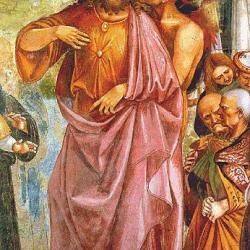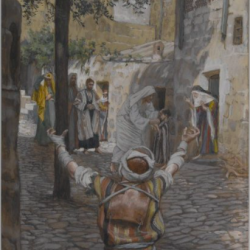This Easter, I Gave You My Post This picks up from the post I published on and for the Easter Vigil; notes a-f can be found there. To keep anyone from having to tab back and forth, I’ve copied the Gospel passage (in both versions) into this post. (Verse 8, since it wasn’t in the actual reading for the Vigil, is in grey.) Mark 16.1-7 +8, RSV-CE And when the sabbath was past, Mary Magdalene,a and Mary the mother of... Read more


